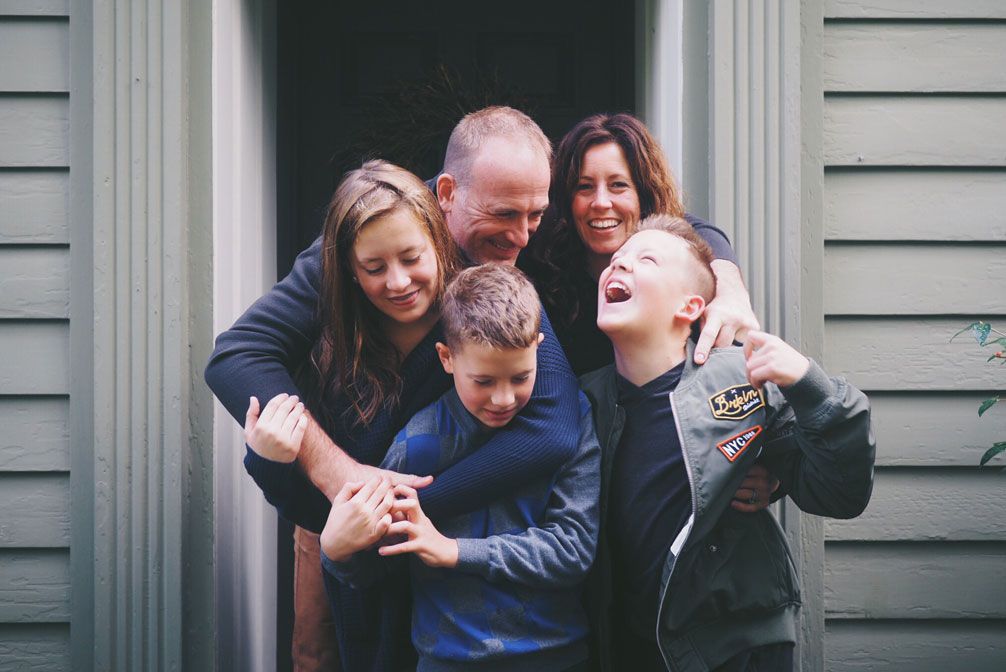
Key things to know about closing costs
- 21 October, 2020
As if securing a down payment and qualifying for a mortgage isn’t difficult enough for first-time homebuyers, you also need to factor closing costs into your budget. These fees and taxes typically add 2%–6% to the cost of your purchase. And if you are not prepared, they can become the difference between moving in and moving on. With this in mind, here are key things to know about closing costs.
What are closing costs?
As their name implies, closing costs are the fees and taxes you pay to finalize your home purchase. They include the costs of services such as a property appraisal and a title search, upfront insurance and interest payments, and taxes and other fees. Some, such as local transfer taxes, are non-negotiable. But others, such as origination fees, are. And this is part of the reason why you should shop around.
Use loan estimates to shop
A raft of consumer protection measures enacted after the Great Recession brought greater transparency to the mortgage process. And one of the key shopping tools consumers have today is a document called a Loan Estimate. You usually get preapproved before you shop. But you won’t officially apply for your loan until after your offer is accepted. At this point, the “clock” starts ticking. But you still have time to request Loan Estimates from multiple lenders.
Getting a loan estimate is cheap and easy. You only need to provide six basic pieces of information—your name, Social Security number, income, the property address, its estimated value and your loan amount. And you only have to pay for the credit report (about $20–$35) for each one. Lenders have to send one to you within three days.
In addition to showing your proposed interest rate and payments, the Loan Estimate itemizes your closing costs. This gives you a chance to see how each lender’s fees shape up. The interest rate is usually the most important factor to consider. But you’ll also be able to compare origination fees and other costs to close.
Consider lender credits
Lenders know how tough it is for borrowers to secure funds for a down payment and closing costs. This is why many offer credits that fold a portion—or all—of a borrower’s closing costs into a mortgage. The borrower repays these lender credits, often called origination points, in the form of a higher interest rate. Obviously, a higher interest rate means you’ll end up paying more in the long run.
Seek seller concessions
If you’re in a buyer’s market, you might be able to find a seller willing to help reduce or eliminate your closing costs through a seller’s concession. Under a common scenario, the parties agree to a price that exceeds the seller’s ask. The seller then returns this excess to the borrower as a credit at close.
For example a seller hoping to close for $300,000 could agree to a $309,000 sale price. The buyer would then finance the purchase at this higher price. At closing, the seller would return the excess $9,000 to the buyer in the form of a credit, which would offset this much of the buyer’s closing costs. Seller concessions are capped at 2% to 6%, depending on the loan program. And the property’s appraisal is going to have to justify the larger loan principal.
Plan a late-month closing
Prepaid interest can catch a first-time buyer off-guard. Just remember that mortgage interest is paid in arrears, on a monthly basis. This means that a portion of every monthly mortgage payment covers the interest that accumulated during the prior month. So, for example, if you close in June, you’ll make your first mortgage payment on Aug. 1. And a portion of this first payment will cover the interest that accrued in July. What about interest from the days between your close date and the end of June? This is one of the prepaids that your lender charges at close. If you close on June 25, you’ll only prepay five days’ interest. But you’ll be on the hook for 25 days’ interest if you close on June 5. On a $300,000 loan with a 4% interest rate, the difference would be about $650. Of course, there are other factors to consider in choosing your close date, including the rate lock on your loan.
Score lower payments with points
If you’re in the enviable position of having extra cash on hand, consider discount points. Many lenders let you buy-down your interest rate in exchange for an upfront payment, usually expressed in percentage points of the loan value. This, in turn, reduces your monthly payment. You’ll pay more at closing. But if you’re purchasing your “forever home,” mortgage points are a great way to save in the long run. And you’ll snag a nifty tax break in the process, because discount points, like mortgage interest, are tax deductible, up to federal limits.
